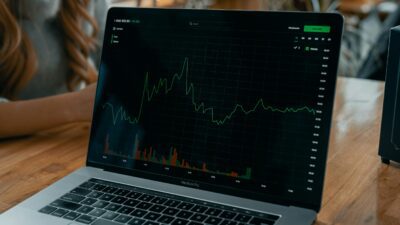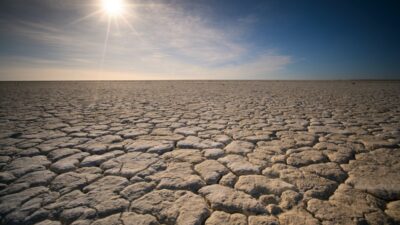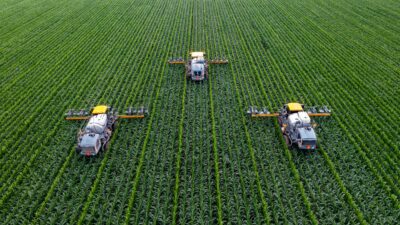Jacquelyn Hole and Deanna D'Alessandro
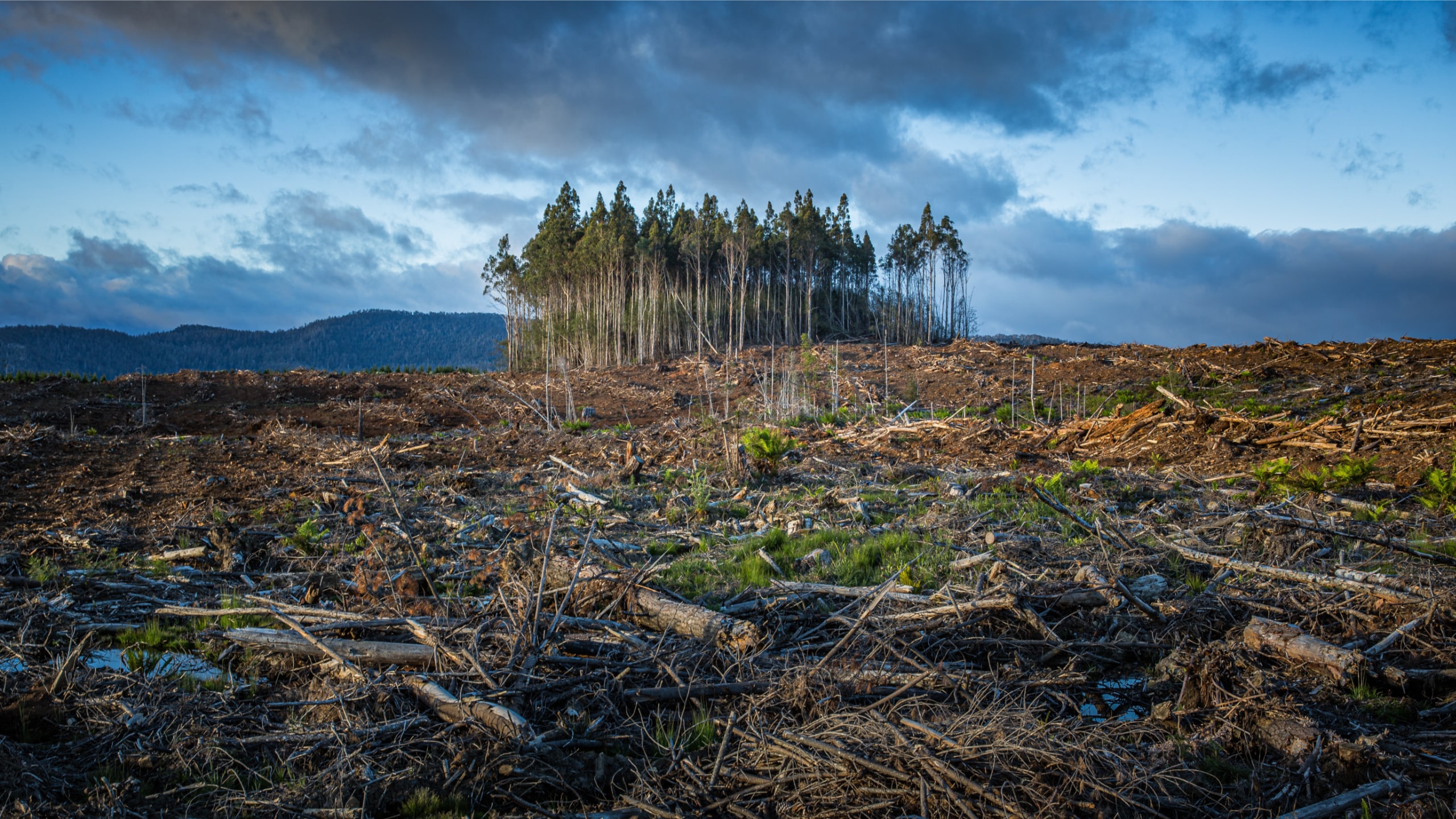
What the DAC? Can Direct Air Capture help save the planet from global warming?
Once the ‘ugly duckling’ of decarbonisation, DAC (direct air capture) is finally winning friends and influence.
As the world approaches the 1.5ºC environment tipping point proponents of greenhouse gas removal, including the Australian Academy of Science, say removing CO2 from the atmosphere needs to a part of the solution.
Professor Deanna D’Alessandro is on team DAC: but for some years she abandoned the field in the face of criticism that carbon capture was a technology that just gave the green light to fossil fuel emitters to maintain business as usual.
Now CO2-soaking ‘sponges’ made in Professor D’Alessandro’s lab are integral to plans by Southern Green Gas to build DAC plants on otherwise fallow land in NSW and other states.
Researchers at the University of Sydney have developed a ‘champion’ metal-organic framework (MOF) material that captures carbon dioxide from air. Professor D’Alessandro sees DAC as an important technology in the quest to remove historical greenhouse gas emissions from the atmosphere. She’s also optimistic it could revitalise regional manufacturing, creating a regional workforce and a new export industry for Australia.
However, Australia risks being written out of a DAC success story unless there is a government framework for investment and guidelines for regional development.
My Q&A with Professor D’Alessandro.
Direct air capture verses carbon capture – the difference is?
It’s an important distinction. Carbon capture and storage is capture from point sources of carbon dioxide and other greenhouse gas emissions. Those captured emissions are often used to enhance fossil fuel recovery in a process called Enhanced Oil Recovery. Direct air capture is the direct removal of carbon dioxide from air. There is no connection with fossil fuel producers or users. Internationally it’s also known as carbon dioxide removal (CDR).
And… the difference is?
They address different things. Carbon Capture and Storage addresses the urgent need we have to stop polluting, so to mitigate. Carbon dioxide removal addresses the imperative to remove historical emissions of carbon dioxide from the atmosphere.
So DAC is like turning back the clock on emissions?
The 6th IPCC report says we need to adapt because climate change is happening. Global temperatures will continue to rise until at least mid-century, and likely much longer. And that’s even on the aggressive mitigation pathway we’re on at the moment.
To have any hope of stabilising the climate we also need to remove historical emissions of greenhouse gases from the atmosphere – including carbon dioxide. And direct air capture addresses the carbon dioxide removal part.
The problem is we cannot stop polluting fast enough. And even if we did, reaching net zero requires us to remove 1.5 trillion tonnes of carbon dioxide from the atmosphere. If we don’t remove these legacy emissions of greenhouse gases, there is no way that we can reach net zero and stabilise our climate at two degrees Celsius beyond pre-industrial temperatures.
What specifically is your invention?
Here at the university, we make metal-organic frameworks (MOFs) – they’re like sponges, if you like, they soak up carbon dioxide from the air.
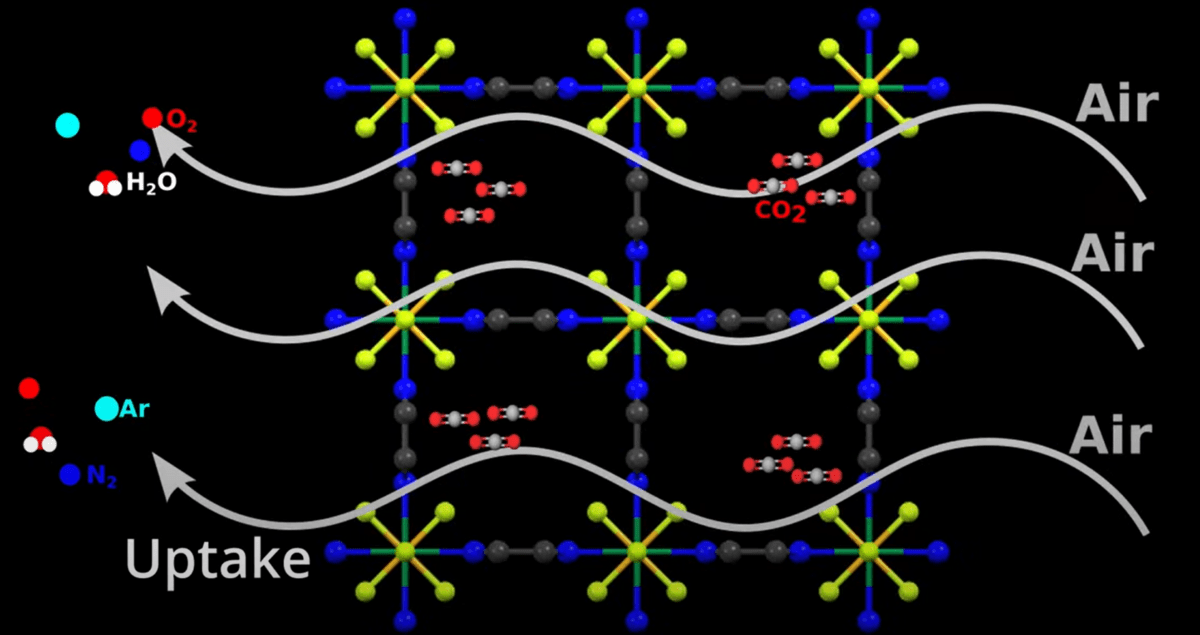
What is your collaboration with Southern Green Gas?
Southern Green Gas lead the development of direct air capture technology. Their solution is fully solar powered and designed to work off the grid. It’s to be used in regional and rural Australia in areas with high solar intensity on very cheap, non-arable land. The idea is to set up regional manufacturing facilities and help transition workforce in areas that may be traditionally fossil fuel-based workplaces. This is really foreseeing the development of a new manufacturing sector for Australia.
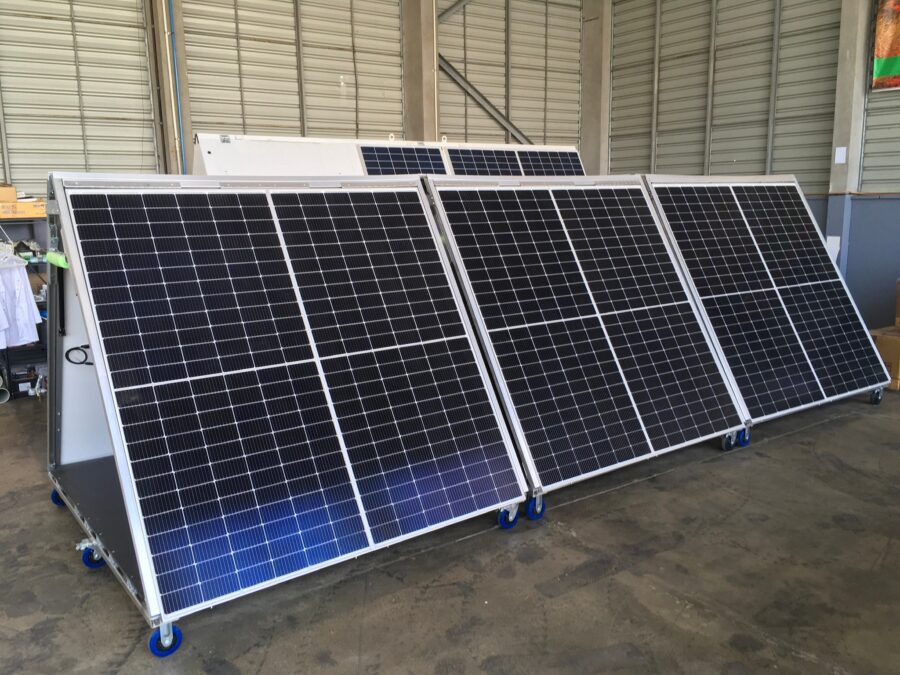
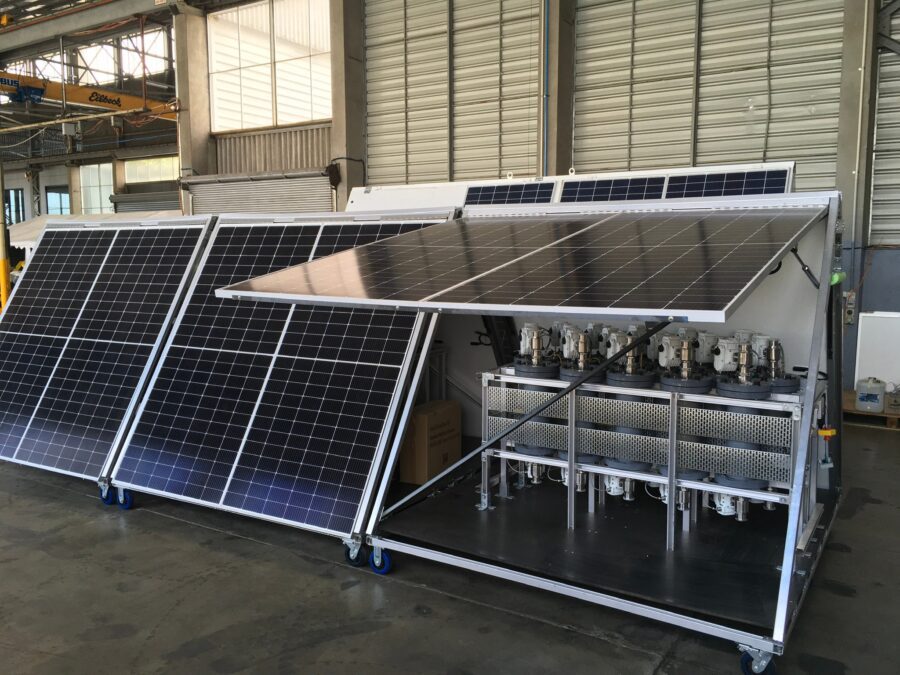
And what happens to the carbon – does it go underground?
The outcome here that is crucial is the removal of carbon dioxide from the atmosphere. And that means we have to permanently lock it away for what you might call geological time. One way is to harness geological sequestration of carbon dioxide where you can lock it away in basalt or minerals, via mineral carbonation, for example.
And the other way, if you can remove enough carbon dioxide from the atmosphere to be useful, then you could actually create a circular economy with carbon. Carbon is one of the most important elements of life on the face of the planet. A lot of our foods, for example, are made using fertilisers that are created by burning carbon fuels. Carbon is embedded in so much of what is going on in our world, and we’re talking about in the next 10-20 years having to basically completely change the way that energy is generated and used in our world. When people reflect in hundreds of years’ time on this period it will be like the Industrial Revolution 250 years ago. That’s how critical this point in time is.
Where does Australia sit in relation to the development of this new industry?
In terms of the science, we are a front runner. In terms of how this will play out unless there is support put behind this, we are rapidly falling behind because there is limited support. Direct air capture is not recognised under the Emissions Reduction Fund and we do not have the legislation or policy here in New South Wales to enact carbon removals and storage. The policy and legislation does exist in other states of Australia and Southern Green Gas in collaboration with AspiraDAC have a carbon removals project and are in the process of acquiring land holdings in other states where there is legislation for carbon removals.
Is Australia going to miss out on benefiting from this technology?
We have the potential to be an absolute world leader in renewable energies. We have the land that cannot be used for other useful purposes. And we have a very safe and economically stable environment that could support it if we had a governance framework around decarbonisation.
The worrying thing is that there isn’t a plan at the moment. But I’m really optimistic. This first term of government will be setting up a lot of things and the right discussions are happening, and they’re responsible discussions, not just about the science and technology, but critically, how does this place with community.
And then of course there’s ensuring the financial sector comes in with a framework to support all these different types of carbon removals certificates. Direct air capture is not going to have the impact it needs, if it’s only $30 to $50 Australian dollars per tonne of carbon dioxide, because it’s an expensive technology.
There is not one silver bullet (to fix climate change) they have to be part of a portfolio of solutions.
Professor D’Alessandro is the Director of the Net Zero Initiative at the University of Sydney. This initiative aims to harness the University’s expertise to develop new technologies and systems to support the world’s decarbonisation.
Image: Matt Palmer
Deanna is the Director of the Net Zero Initiative and Professor of Chemistry at the University of Sydney. Her research interests spans the areas of inorganic chemistry, physical chemistry and materials science.
Share
We believe in open and honest access to knowledge. We use a Creative Commons Attribution NoDerivatives licence for our articles and podcasts, so you can republish them for free, online or in print.

